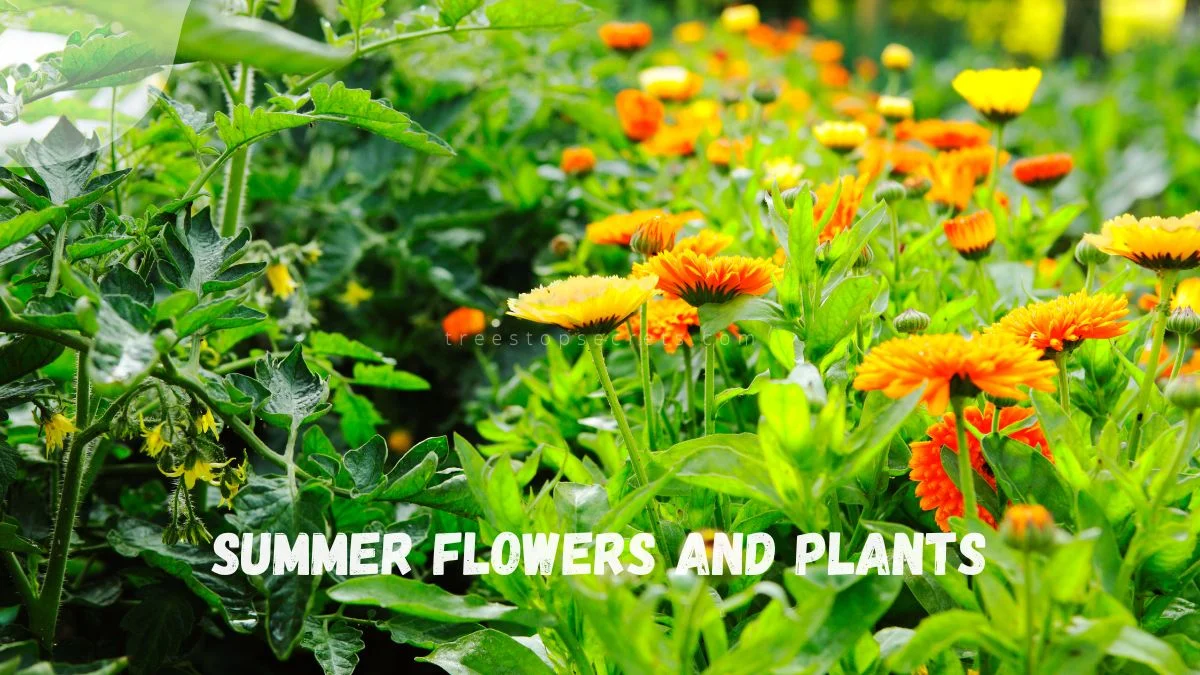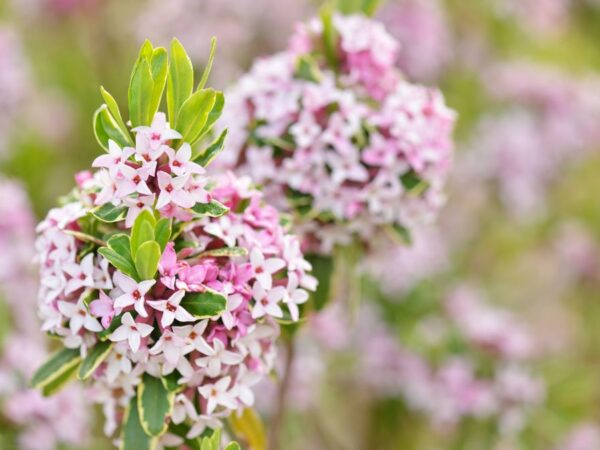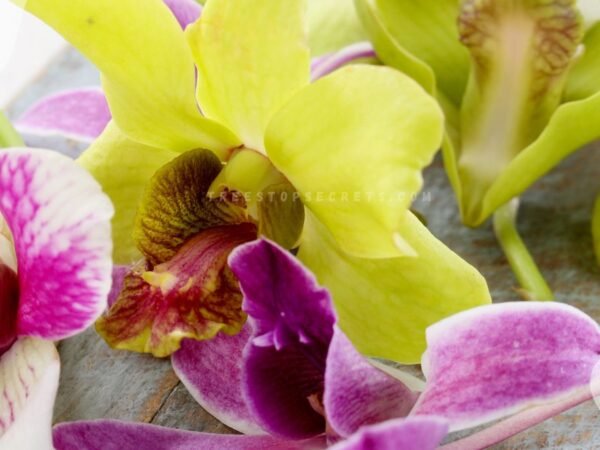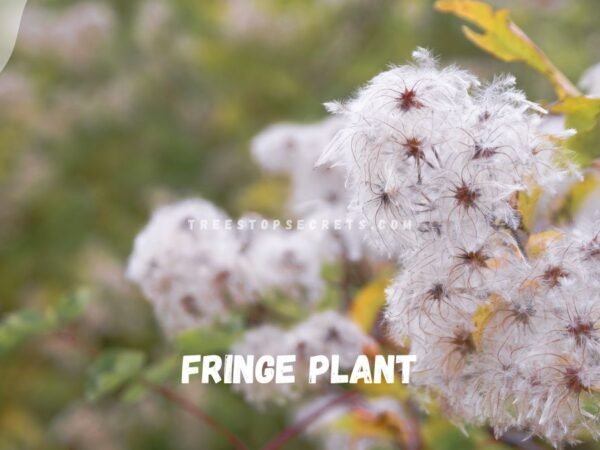Did you know that certain popular flowering annuals, succulent plants, and cheerful blooms can thrive in extreme heat without much water? From vibrant sunflowers to resilient succulents, these botanical beauties not only survive but also bloom brilliantly during the scorching summer months. Embracing a spectrum of colors, cheerful flowers, and fragrances, these flora champions bring life and vitality to any garden or outdoor space. Whether you have a green thumb or are just starting your gardening journey, exploring the world of summer flowers and plants can be a rewarding and refreshing experience. Get ready to discover the stunning array of options available to elevate your outdoor oasis this summer.
Key Takeaways
- Care for Your Blooms: Regularly water and fertilize your summer flowers to ensure they thrive throughout the season.
- Bring the Outdoors In: Use summer flowers to brighten up indoor spaces, bringing a touch of nature into your home.
- Personalize Your Garden: Cultivate a colorful garden by selecting a variety of summer blooms that reflect your style and preferences.
- Get Creative with Decor: Explore unique decor ideas like floral arrangements, hanging baskets, and flower beds to add charm to your outdoor spaces.
- Start Strong: Begin your gardening journey by choosing resilient summer plants that are well-suited to your local climate and soil conditions.
- Maintain Consistency: Consistent care and attention to detail will help your summer flowers flourish and create a vibrant garden oasis.
Discovering Summer Blooms
Top Picks for Gardens
Popular summer flowers like roses, dahlias, and lilies are excellent choices for garden beds. These flowers bloom abundantly during the summer months, adding vibrant colors to outdoor spaces.
Creating a stunning garden display involves selecting a mix of perennial summer flower plants. Consider planting hydrangeas for their large blooms and lavender for their fragrant flowers. Mixing these with cosmos and zinnias can create a diverse and visually appealing garden.
To ensure a continuous bloom throughout the season, stagger the planting times of different flower varieties. This way, you can enjoy a garden that showcases a variety of colors and shapes from early summer to late fall.
- Pros:
- Diverse range of colors and shapes
- Continuous bloom throughout the summer
- Cons:
- Requires regular maintenance
- Some varieties may be sensitive to extreme temperatures
Ideal Choices for Indoors
When it comes to indoor summer bouquets, consider using sunflowers, gerbera daisies, and peonies. These flowers not only brighten up indoor spaces but also add a touch of freshness to any room.
Having summer blooms indoors can improve air quality and create a more inviting atmosphere. Flowers like orchids and begonias are known for their air-purifying properties, making them ideal choices for indoor settings.
To maintain indoor summer flower arrangements, ensure they receive adequate sunlight and water. Regularly prune dead blooms and leaves to encourage new growth and prolong the lifespan of the flowers.
- Water indoor plants regularly to keep the soil moist.
- Place indoor flower arrangements in well-lit areas to promote healthy growth.
Care and Maintenance
Watering Schedules
Proper watering schedules are crucial for summer flowers to thrive during the hot months. Overwatering can lead to root rot, while underwatering can cause wilting and stunted growth.
Guidelines vary based on the type of plant, but a general rule is to water deeply once or twice a week, ensuring the soil is moist several inches down. Signs of overwatering include yellowing leaves and moldy soil, while underwatering shows through dry, crispy leaves.
Sunlight Needs
Understanding the sunlight requirements of your summer flowers is key to their health. Some plants, like sunflowers, require full sun exposure for at least 6-8 hours a day, while others like impatiens thrive in partial shade.
To determine sunlight needs, observe the plant's growth patterns. If it's reaching towards the light source or if leaves are turning pale, it might need more sunlight. Position plants strategically based on their sunlight preferences for optimal growth.
Soil Preferences
The quality of soil greatly impacts the growth of summer flowers. Different varieties have specific soil preferences; for instance, roses prefer well-draining loamy soil, while hydrangeas thrive in acidic soil with good moisture retention.
Improving soil conditions can be achieved by adding organic matter like compost or peat moss to enhance fertility and drainage. Testing the pH levels of the soil can also help determine if any adjustments are needed for optimal plant growth.
Summer Flowers Highlights
Sunflowers and Dahlias
Sunflowers, with their bright yellow petals and large size, are a staple of summer flower gardens. They thrive in full sun and well-drained soil, reaching impressive heights. Dahlias, known for their vibrant colors and intricate petal formations, require rich soil and regular watering. Incorporate sunflowers in garden borders for a striking look, while dahlias make stunning cut flowers for bouquets.
- Sunflowers:
- Bright yellow petals
- Full sun and well-drained soil
- Impressive heights
- Dahlias:
- Vibrant colors and intricate petal formations
- Rich soil and regular watering
- Stunning cut flowers for bouquets
Hydrangeas and Marigolds
Hydrangeas boast lush flower blooms in various hues, from pink to blue, thriving in partial shade with moist soil. Marigolds, available in shades of orange and yellow, are easy to grow in sunny locations with well-draining soil. Care for hydrangeas by providing adequate water and occasional pruning, while deadheading marigolds promotes continuous blooming.
- Hydrangeas:
- Lush blooms in various hues
- Partial shade with moist soil
- Adequate water and occasional pruning
- Marigolds:
- Shades of orange and yellow
- Sunny locations with well-draining soil
- Deadheading promotes continuous blooming
Exotic Beauties
Exotic summer flowers like Bird of Paradise and Protea bring a touch of tropical flair to gardens. Bird of Paradise features unique orange and blue blooms resembling a bird in flight, thriving in warm climates. Protea, known for its striking appearance and longevity, requires well-draining soil and protection from frost to flourish.
- Bird of Paradise:
- Unique orange and blue blooms
- Thrives in warm climates
- Protea:
- Striking appearance and longevity
- Well-draining soil and protection from frost
Cultivating a Colorful Garden
Vibrant Annuals
Vibrant annual flowers, such as marigolds and petunias, bloom profusely during the summer months. These colorful blooms add a burst of color to your garden, creating a visually appealing landscape. Planting annuals ensures a continuous display of colorful flowers throughout the season, enhancing the beauty of your outdoor space. Pairing annuals with perennials and biennials can create a dynamic garden with varying textures and colors.
- Pros:
- Continuous blooming throughout the summer.
- Versatile for various garden designs.
- Cons:
- Require replanting each year.
Perennial Favorites
Perennial favorites like roses and lilies are beloved for their ability to return year after year, providing consistent beauty in your garden. These blooms are low-maintenance, requiring minimal care once established. Dividing and propagating perennial flowers not only helps in maintaining plant health but also allows for garden expansion by creating new plantings in different areas.
- Highlight:
- Roses
- Lilies
- Maintenance:
- Low-care requirements.
- Drought-tolerant options available.
Tropical Charms
Tropical summer flowers, including hibiscus and bird of paradise, bring a touch of exotic beauty to warm climates. These blooms boast unique characteristics, such as vibrant colors and intricate shapes, adding a tropical flair to your garden. To cultivate a tropical-inspired garden, ensure proper care for these exotic plants by providing adequate sunlight, water, and occasional fertilization.
- Care Tips:
- Provide ample sunlight.
- Maintain well-draining soil for healthy growth.
Enhancing Indoor Spaces
Fragrant Varieties
Fragrant summer flowers like jasmine and lavender can infuse outdoor areas with delightful scents. These blooms not only look beautiful but also appeal to our sense of smell. Planting fragrant flowers can create a relaxing and inviting atmosphere in your garden.
To create a sensory garden with fragrant varieties, consider adding rosemary and scented geraniums. These plants emit pleasant aromas that can enhance your outdoor experience. Incorporating fragrant blooms near seating areas or walkways allows you to enjoy their scents up close.
- Pros:
- Enhances the overall ambiance of outdoor spaces.
- Creates a calming and soothing environment for relaxation.
Bright and Cheerful Picks
Bright and cheerful summer flowers such as sunflowers and daisies can bring a pop of color to your outdoor spaces. The vibrant hues of these blooms have a direct impact on our mood, evoking feelings of happiness and positivity. By strategically placing bright flowers in your garden, you can uplift the atmosphere and create a welcoming environment.
The color psychology of vibrant blooms suggests that colors like yellow and orange can promote feelings of joy and energy. Incorporating bright flowers into your garden design can help combat feelings of dullness or monotony in your outdoor space. Consider planting marigolds or zinnias for a burst of color that brightens up any area.
- Cons:
- Requires regular maintenance to keep the blooms looking fresh.
- May attract more insects due to the bright colors and scents emitted by the flowers.
Delicate Beauties
Delicate summer flowers such as peonies and hydrangeas are known for their elegance and beauty. These blooms require special care to maintain their delicate appearance, including proper watering and pruning techniques. Protecting fragile flowers from harsh weather conditions is essential to ensure they thrive throughout the summer months.
When cultivating delicate beauties in your garden, consider providing adequate shade during peak sunlight hours to prevent wilting. Mulching around the base of the plants can help retain moisture and protect the roots from extreme temperatures. By taking extra precautions, you can enjoy the grace and charm of these delicate flowers all season long.
Creative Decor Ideas
Home Accents
Summer flowers can brighten up any home as beautiful decor accents, adding a touch of freshness and vibrancy. Incorporating these blooms into floral arrangements can effortlessly elevate the aesthetic appeal of indoor spaces. When creating floral arrangements, consider mixing various types of summer flowers to achieve a visually appealing and dynamic look. Opt for vibrant blooms like sunflowers, daisies, and zinnias for a cheerful atmosphere.
For centerpieces, consider using a mix of tall and short summer flowers to create dimension and visual interest. Place these arrangements in elegant vases or mason jars to enhance the overall look. Selecting the right flowers that complement the interior design style is crucial. For example, choose pastel-colored blooms for a soft and romantic ambiance in a shabby chic setting, or opt for bold and bright flowers for a more modern and eclectic space.
- Mix various types of summer flowers
- Use vibrant blooms like sunflowers, daisies, zinnias
- Consider tall and short flower combinations for centerpieces
Outdoor Arrangements
Transform your outdoor spaces with creative arrangements using an array of summer flowers. Displaying flowers outdoors can instantly liven up patios, balconies, or garden areas. Utilize hanging baskets to showcase cascading blooms like petunias or lobelia, adding a vertical dimension to your outdoor decor. Planting colorful flowers in containers can bring a burst of color to any outdoor setting.
Experiment with different ways to arrange flowers outdoors, such as creating floral borders along pathways or placing potted plants strategically around seating areas. Incorporate fragrant blooms like lavender or jasmine to enhance the sensory experience in your outdoor space. When arranging flowers outdoors, consider factors like sunlight exposure and watering needs to ensure their longevity and health.
- Use hanging baskets for cascading blooms
- Plant colorful flowers in containers
- Create floral borders along pathways
Tips for Thriving Blooms
Avoiding Common Issues
When growing summer flowers, gardeners often encounter problems such as pests, diseases, and wilting. To tackle these issues, ensure proper plant care. Implement regular inspections to catch problems early. Use organic pest control methods to protect blooms.
To prevent diseases, maintain good air circulation around plants. Water at the base of the plant to avoid fungal growth. Address wilting by adjusting watering schedules and providing adequate sunlight.
Seasonal Care Guide
For healthy summer flowers, follow a seasonal care routine. Prune plants to encourage new growth and maintain shape. Deadhead spent blooms to promote continuous flowering throughout the season.
Fertilize plants with a balanced formula to provide essential nutrients for robust growth. Create a calendar of tasks to schedule watering, fertilizing, and maintenance activities. Stay consistent with care routines for optimal bloom health.
Getting Started
Planning Your Space
To plan your outdoor space with summer flowers, consider factors like sunlight exposure and soil type. Design areas strategically for a cohesive look.
Creating a visually appealing landscape involves considering the right flower varieties for each garden section. Select plants that thrive in specific conditions.
Ensure a harmonious garden by grouping flowers that complement each other in color, size, and blooming season.
Selecting Your Flowers
When choosing summer flowers, assess your garden's climate, soil quality, and available sunlight. Pick plants suitable for your region.
Select flowers that bloom throughout the summer to maintain a colorful garden all season long. Consider mixing annuals and perennials for variety.
To ensure successful growth, ask yourself questions like: Do these flowers require daily watering? Are they suitable for my garden's soil type?
Summary
You've learned how to cultivate a vibrant garden with summer flowers and plants, enhancing both indoor and outdoor spaces. By discovering the beauty of summer blooms, applying proper care and maintenance, and implementing creative decor ideas, you can create a colorful oasis right at your doorstep. Highlighting the best summer flowers and providing tips for their thriving growth has equipped you with the knowledge to start your gardening journey successfully.
Now it's time to roll up your sleeves, grab your gardening tools, and bring your outdoor and indoor spaces to life with the stunning beauty of summer flowers. Get started today and enjoy the rewards of a blooming garden that will uplift your spirits and add a touch of nature's splendor to your surroundings.
Frequently Asked Questions
Can I plant summer flowers in pots indoors?
Yes, you can plant summer flowers in pots indoors to enjoy their beauty and fragrance while adding a touch of nature to your indoor spaces. Choose flowers like geraniums, petunias, or begonias that thrive well in containers.
How often should I water my summer flowers?
Water your summer flowers regularly, aiming for consistent moisture without overwatering. Typically, it's recommended to water them deeply 1-2 times per week, depending on the specific flower type and weather conditions.
What are some low-maintenance summer plants for beginners?
For beginners, consider low-maintenance summer plants like marigolds, zinnias, or sunflowers that are easy to grow and require minimal care. These plants are resilient and can thrive well even with basic attention and watering.
How can I keep my summer blooms healthy and vibrant?
To keep your summer blooms healthy and vibrant, ensure they receive adequate sunlight, water them properly, deadhead faded blooms regularly, fertilize as needed, and protect them from pests and diseases by inspecting them frequently.
Should I prune my summer flowers?
Pruning summer flowers is beneficial to promote new growth, maintain shape, and improve flowering. Trim back any dead or damaged parts of the plant, remove spent blooms regularly, and cut back leggy growth to encourage bushier and healthier plants.
Image Source: Paid image from CANVA





